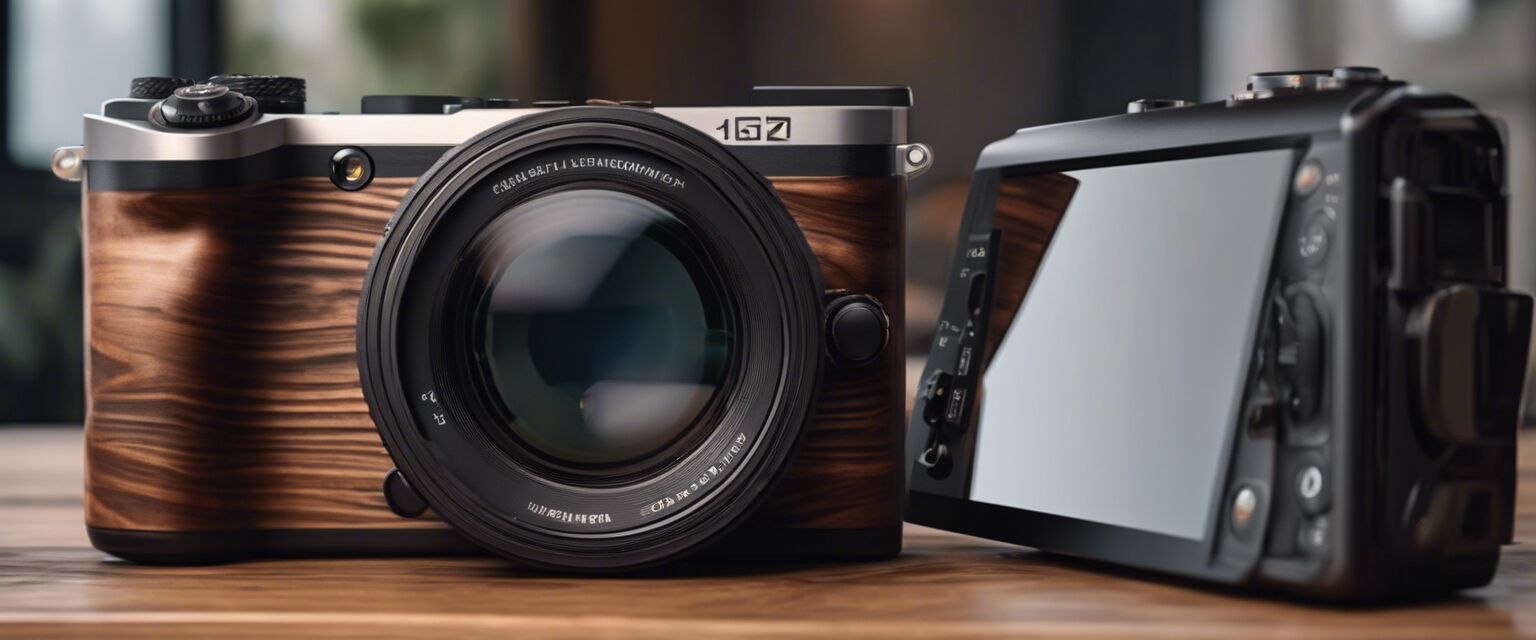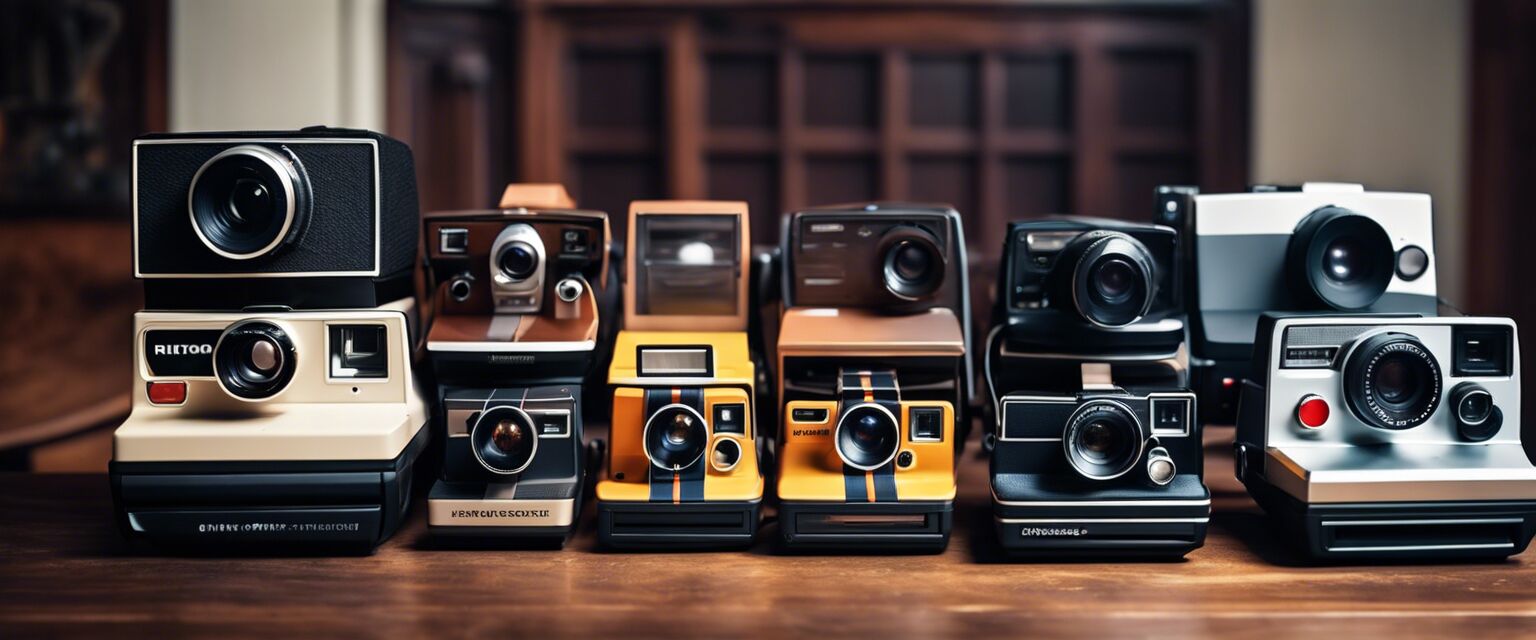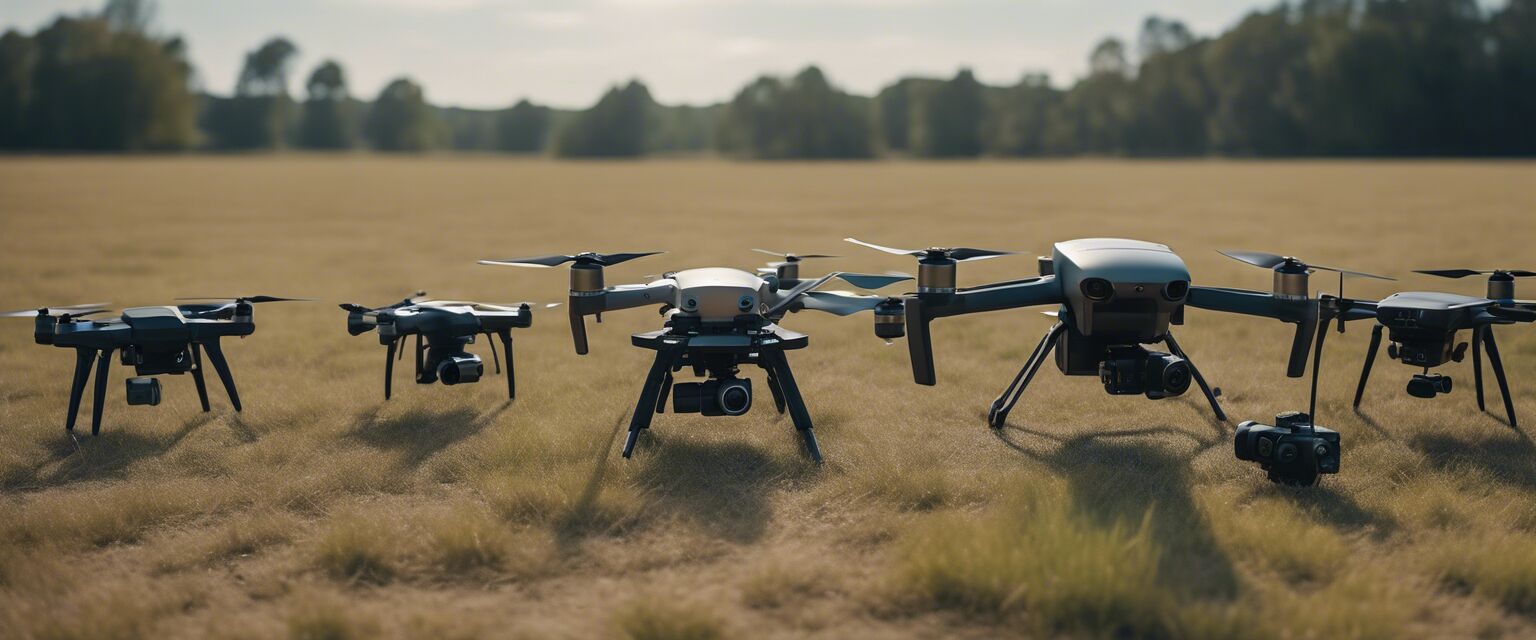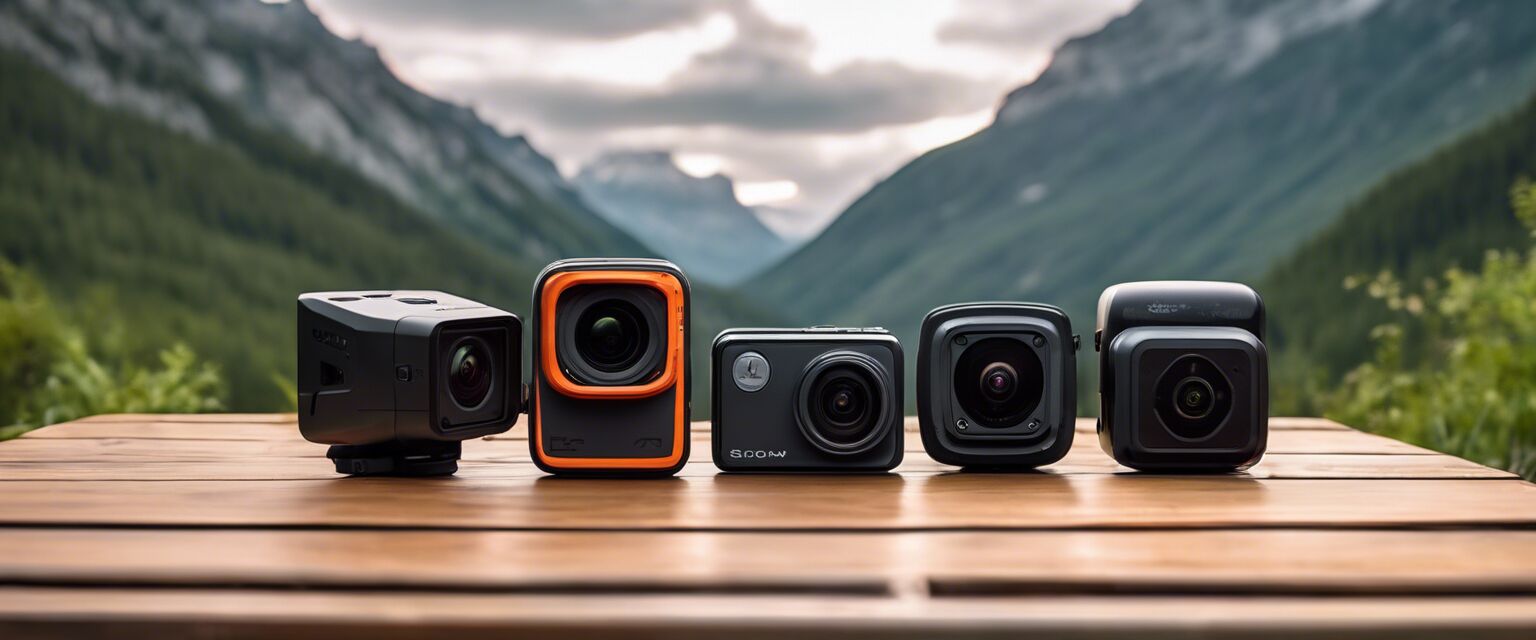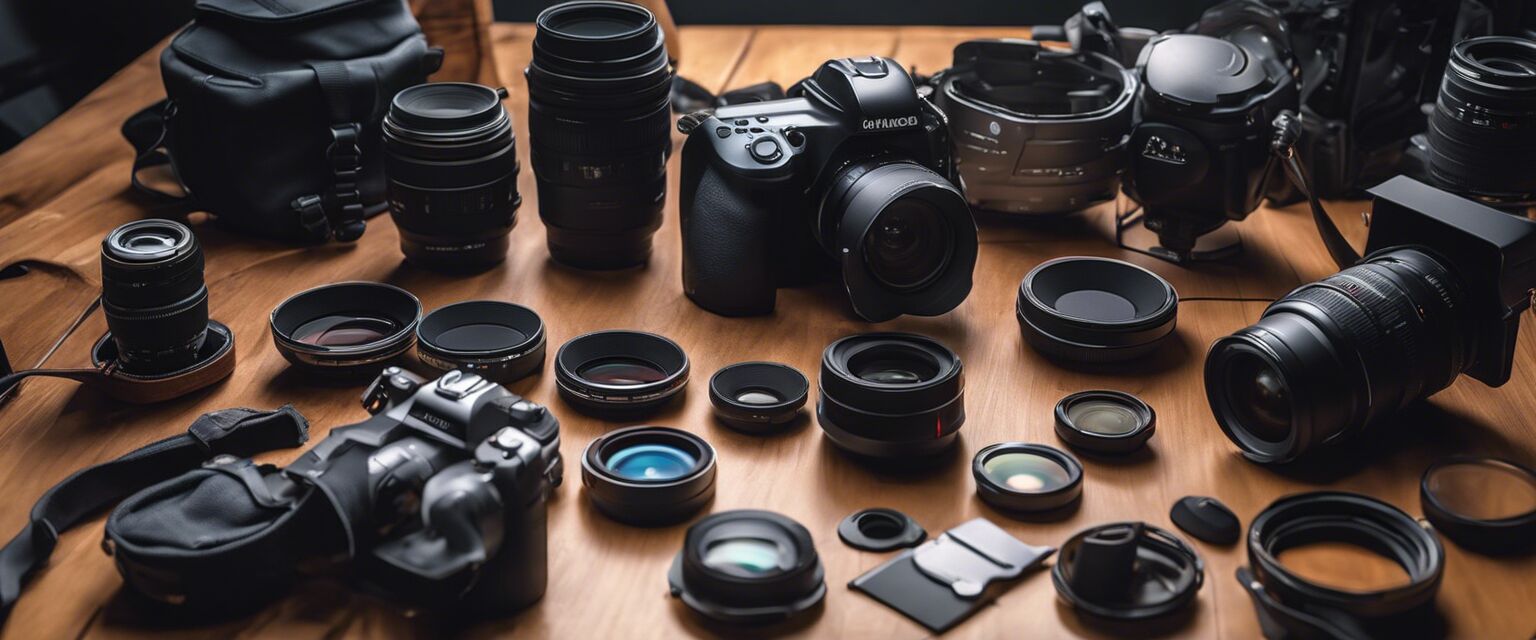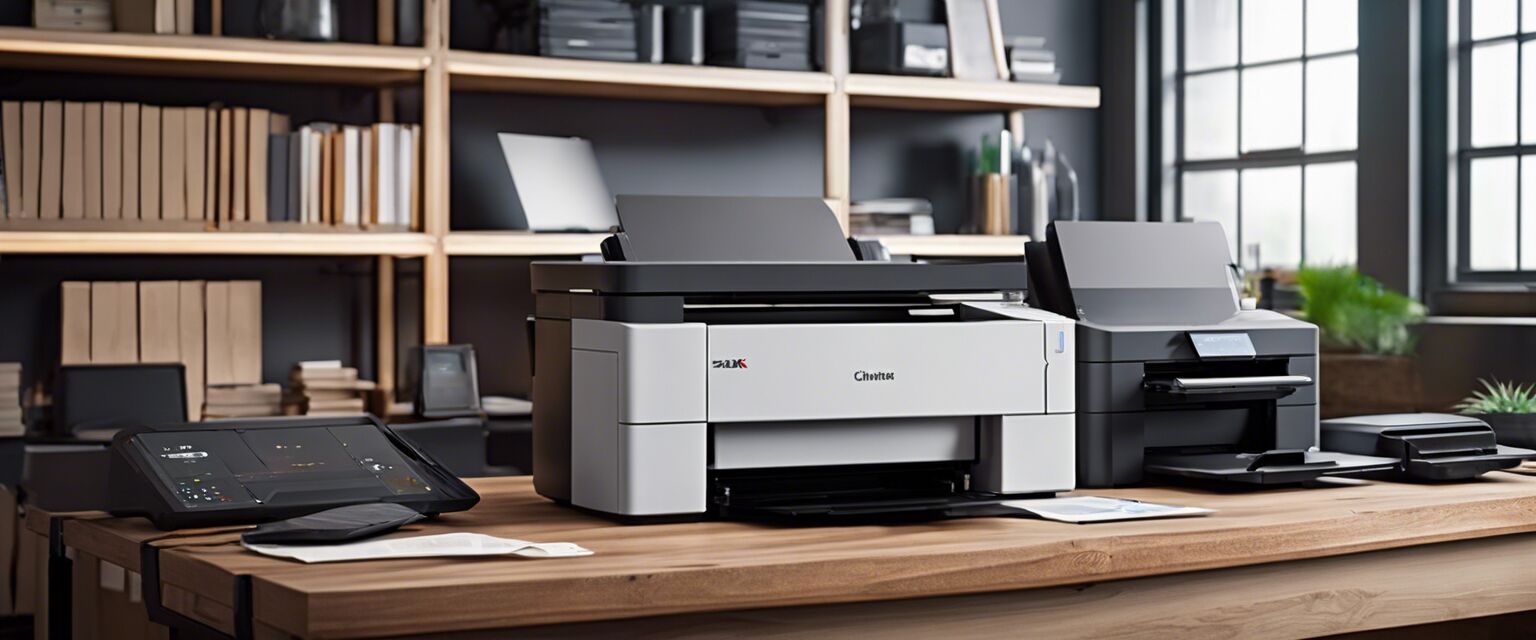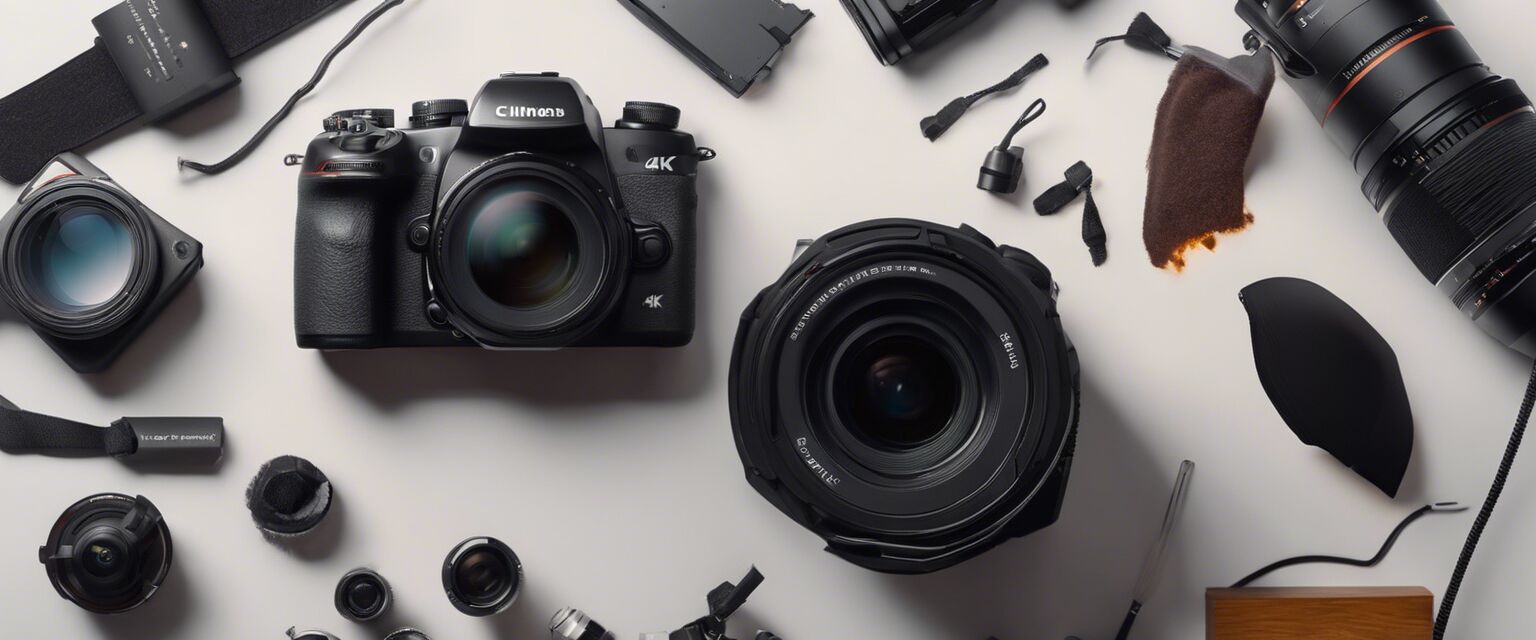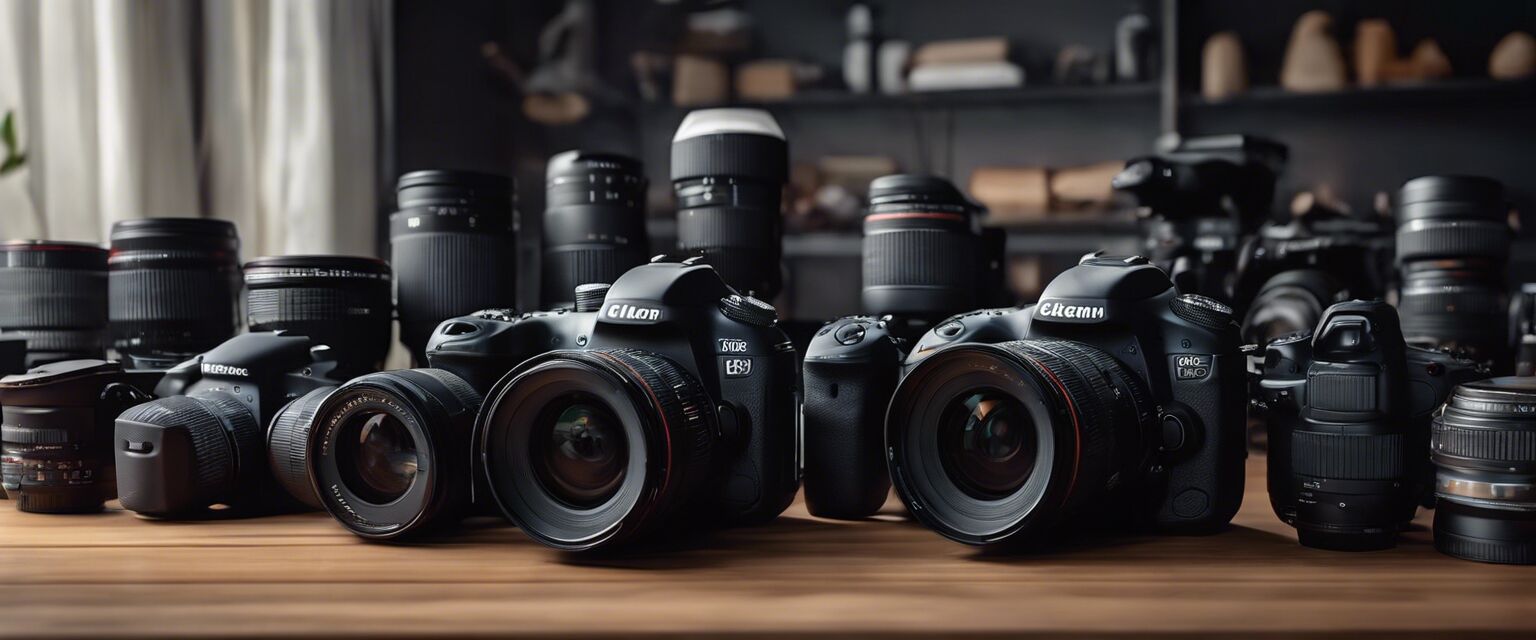
DSLR Cameras
Key Takeaways
- DSLR stands for Digital Single-Lens Reflex.
- They offer superior image quality and flexibility compared to point-and-shoot cameras.
- Choosing the right DSLR involves understanding features, brands, and personal needs.
- Accessories can enhance your DSLR experience significantly.
In the world of photography, DSLR cameras hold a prominent position due to their exceptional image quality and versatility. This comprehensive guide will take you through the essential aspects of DSLR cameras, including their features, popular brands, and tips for making a smart purchase. Whether you're a beginner or looking to upgrade, understanding DSLRs will help you capture stunning images.
What is a DSLR camera?
A DSLR, or Digital Single-Lens Reflex camera, is a type of digital camera that uses a mirror mechanism to reflect light from the lens into an optical viewfinder. This allows photographers to see exactly what will be captured in the image. DSLRs are favored for their image quality, interchangeable lenses, and manual controls.
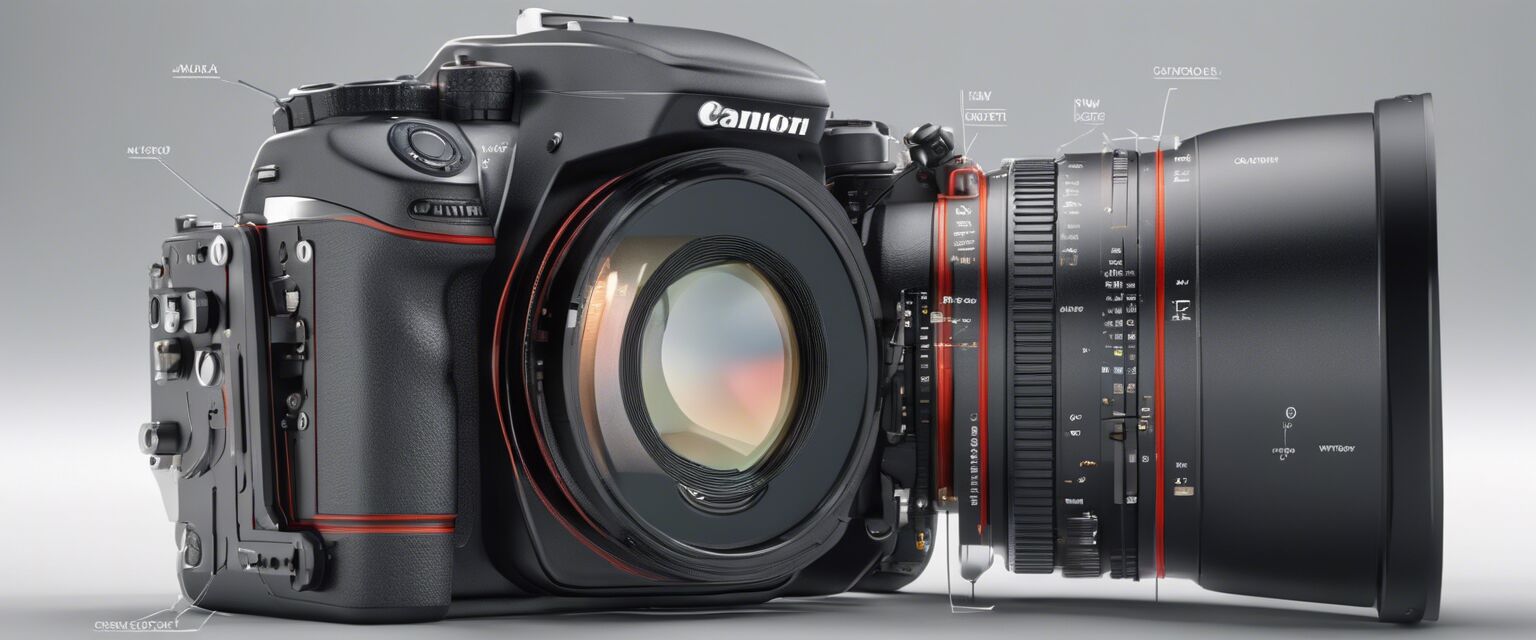
Key features of DSLR cameras
When looking at DSLR cameras, there are several key features to consider. Hereâs a breakdown of the most important ones:
| Feature | Description |
|---|---|
| Image Sensor Size | Full-frame sensors provide better image quality, especially in low light, while APS-C sensors are more compact and affordable. |
| Interchangeable Lenses | Allows for greater flexibility in photography, enabling users to select the right lens for the situation. |
| Manual Controls | Photographers can adjust settings like shutter speed, aperture, and ISO for creative control. |
| Live View Mode | Allows you to use the LCD screen for composing shots, especially useful for tricky angles. |
| Video Capability | Many DSLRs now offer high-definition video recording, making them versatile for both photography and videography. |
Popular DSLR brands
While there are many brands on the market, a few stand out for their features, reliability, and customer support. Below are the most popular DSLR brands:
- Canon
- Nikon
- Sony
- Pentax
- Fujifilm
Buying tips for DSLR cameras
Purchasing a DSLR camera can be overwhelming, especially with numerous options available. Here are some tips to make your decision easier:
Beginner's tips
- Determine your budget: Set a budget before you start shopping to narrow down your options.
- Consider the type of photography you want to do: Different cameras are better suited for different styles.
- Look for a camera with a good autofocus system: This is crucial for capturing fast-moving subjects.
- Donât overlook the importance of ergonomics: Make sure the camera feels comfortable in your hands.
- Check for lens availability: Ensure the brand you choose has a wide range of lenses available.
Understanding DSLR camera specifications
When evaluating different DSLR cameras, understanding the specifications is crucial. Hereâs a table summarizing key specifications to look for:
| Specification | What to Look For |
|---|---|
| Megapixels | Higher megapixels allow for larger prints and more detail. |
| ISO Range | A wider ISO range lets you shoot in various lighting conditions. |
| Continuous Shooting Speed | Measured in frames per second (fps), crucial for action shots. |
| Autofocus Points | More points generally mean better focus accuracy, especially for moving subjects. |
| Battery Life | Longer battery life is essential for extended shooting sessions. |
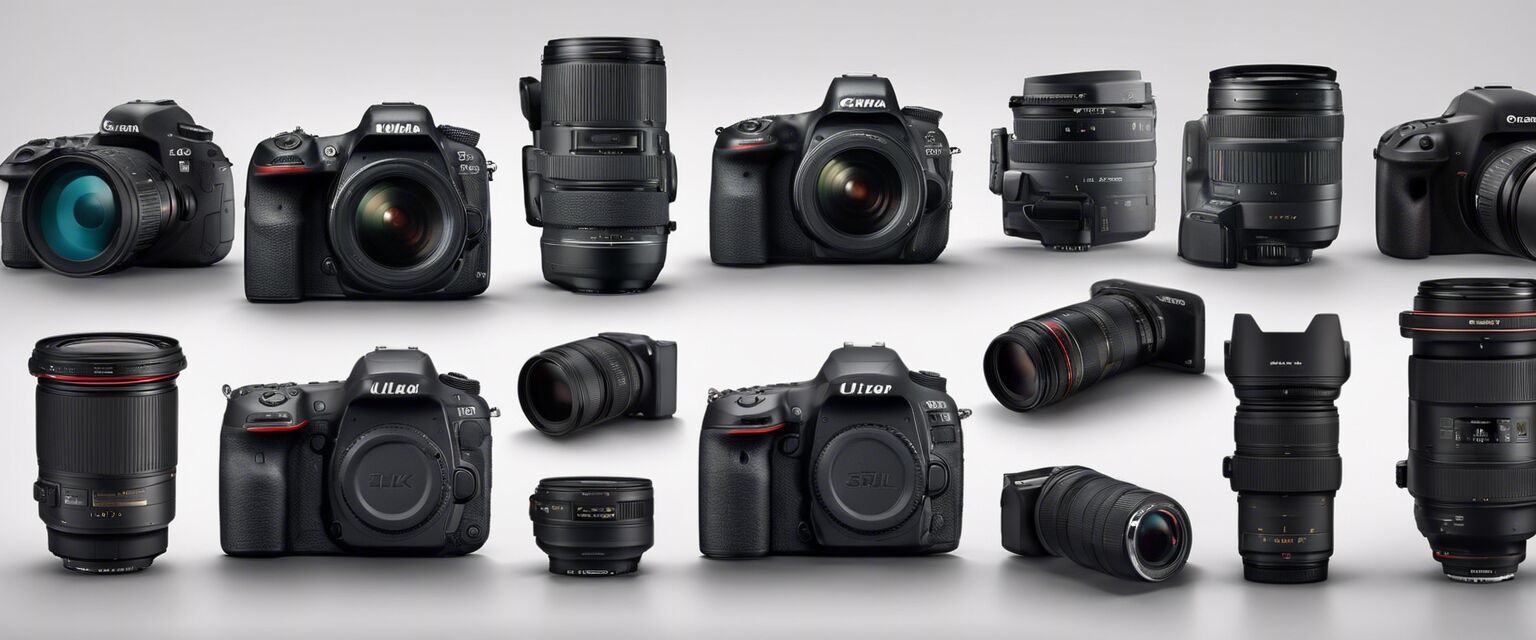
Accessories for DSLR cameras
Accessories can significantly enhance your photography experience. Here are some must-have DSLR accessories:
- Camera bag to protect and transport your gear.
- Tripod for stable shots, especially in low-light conditions.
- Extra batteries to ensure you never miss a shot.
- Memory cards with ample storage capacity for high-resolution images.
- Lens filters to protect your lenses and enhance image quality.
Pros
- Exceptional image quality and detail.
- Wide variety of lenses available for different photography styles.
- Faster shutter speeds compared to point-and-shoot cameras.
- Ability to shoot in manual mode for creative control.
Cons
- Generally heavier and bulkier than other camera types.
- Can be more expensive, especially with lenses and accessories.
- Steeper learning curve for beginners.
- Requires regular maintenance and care.
Conclusion
DSLR cameras are a fantastic choice for anyone serious about photography. With a wealth of features, interchangeable lenses, and the ability to capture stunning images, they cater to both hobbyists and professionals alike. By understanding the key features, brands, and buying tips, you can make an informed decision that will enhance your photography journey.
For more information on camera accessories, check out our Camera Accessories page. If youâre interested in exploring other camera types, visit our Cameras section. For those looking to take their photography skills further, explore our Editing Software recommendations. And if you are interested in capturing unique perspectives, check out our Drones with Cameras.
